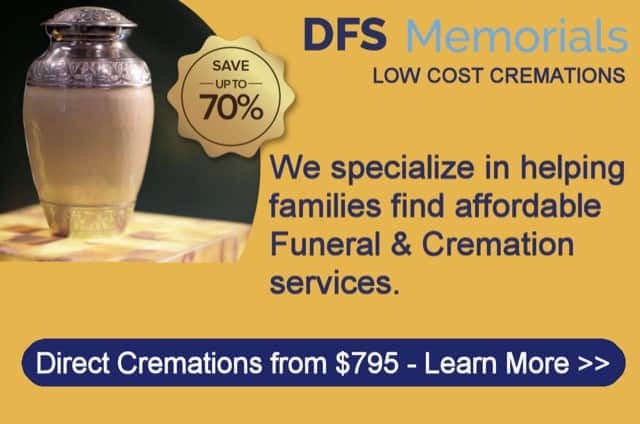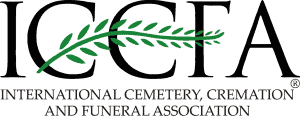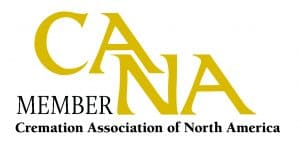The National Funeral Directors Association’s annual Cremation & Burial Report presented interesting statistics for the funeral industry and consumers. Last year, the cremation rate reached 60.5%, and the national cremation rate is forecast to reach 80% (or higher) by 2035. How will this affect cremation costs this year?
This is a staggering shift in the funeral industry, where traditional burial had long been the preferred funeral option for families, with a price ticket of around $7,000 – $10,000.
The NFDA figures for the average cost of a burial funeral in 2024 were $7,848 (not including a vault or cemetery plot fees).
The profit margin to be made in traditional funerals has sustained many funeral homes for years, even if they are not performing many funerals. The NFDA reports that the average NFDA member funeral home handles 113 funeral cases per year.
We are already witnessing an era of funeral homes closing or being acquired as funeral businesses scramble to respond to their decline in profit margins.
In 2017, there were 19,322 funeral homes in the United States. This number declined to 18,874 in 2021, and it is down from over 22,000 several years ago.
If you need a low-cost direct cremation immediately, visit DFS Memorials to find the best price near you.
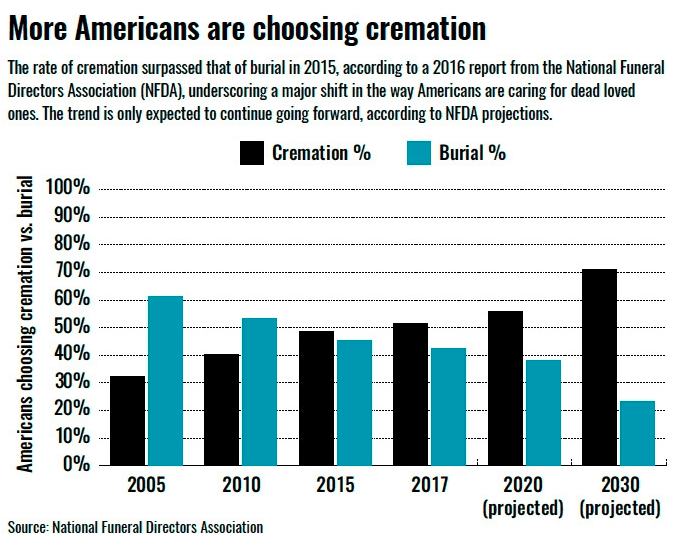
What do you need to understand about cremation prices in the U.S.?
The average cost of a cremation service varies significantly. This depends on the type of cremation service selected and which funeral service provider is providing the services. A cremation funeral costs an average of $6,970*. This service is similar to traditional burial; however, the deceased is cremated after the service.
A cremation memorial service is where the cremation is conducted, and then a memorial service is held with the cremation urn present. This type of service generally costs less than a cremation funeral, as preparation of the deceased’s body for a funeral service is not required.
The average cost of a cremation memorial is not as well-documented, but research indicates that it is around $3,300.
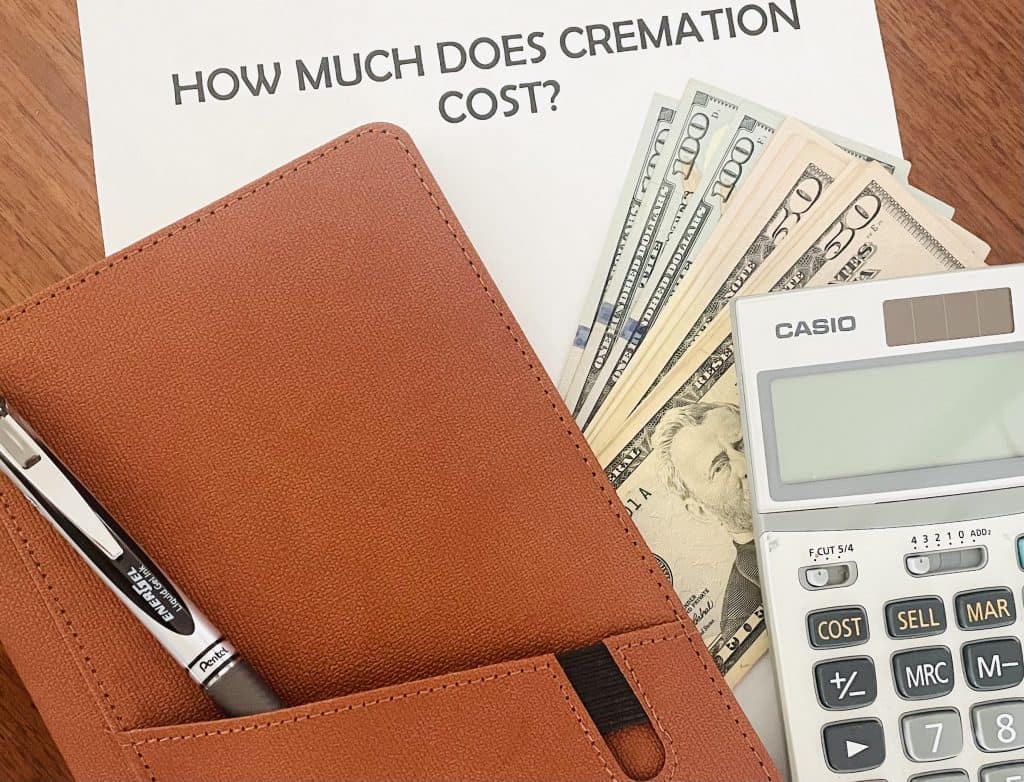
The demand for direct cremation is a significant growth area in the cremation trend. In a direct cremation, the funeral home provides no ceremonial services. The deceased is cremated, and the cremated remains are returned directly to the family.
According to the Cremation Research Council, the average cost of a direct cremation in the U.S. is $1,100.
However, with the increased demand for affordable cremation services and the competition within the cremation market, more funeral homes now offer direct cremation service packages for less than $1,000.
The N.F.D.A report indicated that most consumers opted for direct cremation, with 35% choosing a Memorial Service and only 24% opting for a casket service. This certainly supports the notion that consumers are more interested in simple direct cremation than cremation services at a funeral home.
What does the growth in cremation mean for a funeral business?
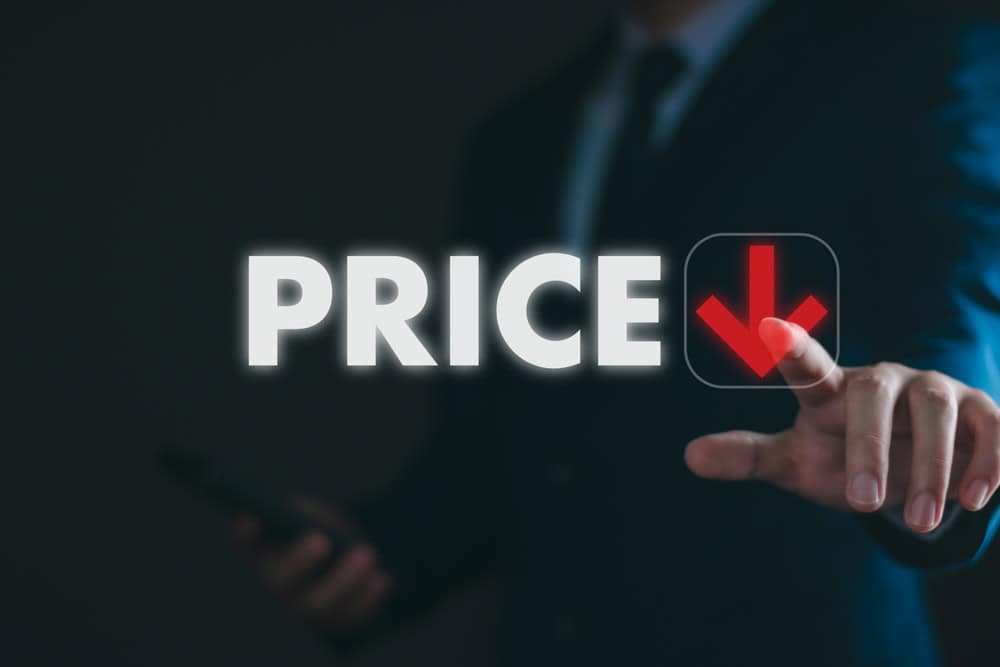
Considering the average prices for cremation services as highlighted above, the cremation trend can only mean a drop in revenue for a funeral home. If the average NFDA member had 113 funeral cases per year, as the average for traditional funerals, his gross revenue would be $886,824.
If he does 50/50 traditional burial vs. cremation and still performs full-service cremations, his revenue decreases to $837,273. By 2035, when the cremation rate is forecast to reach 80%, his revenue has decreased to $630,178 (based on average prices).
However, this does not consider the growing consumer demand in the cremation trend for direct cremation. Although the N.F.D.A reported that their member funeral homes conducted 41% of direct cremations.
However, the DFS Memorials network of affordable cremation service providers reports that 80% of their cremation cases are direct cremation.
Considering the demand for simple, no-fuss, affordable direct cremation, revenue forecasts for a typical NFDA member funeral home in 2035 could be nearer to $300,000.
This indicates a need for a major business strategy change for funeral business owners, especially full-service funeral homes with high overheads sustained by the high profits made from traditional funerals!
How does the shift to cremation affect funeral consumers?
The cremation trend is making death care more affordable and more flexible for American families. Cremation, especially a cremation memorial or a direct cremation, can alleviate the time-critical logistics and overwhelming arrangement of organizing a traditional funeral service.

As a nation, we have become more transient and less traditional, so the notion of cemetery plots for families to visit holds less significance. Baby boomers could be said to be leading a change to cremation, simplicity, and less conventional funeral rituals.
At the same time, many families in the U.S. faced unexpected funeral expenses, and they simply could not afford to spend $10,000 or even $3,300.
Simple, direct cremation is the solution to overcoming the burden of funeral expenses.
Direct cremation takes care of the immediate need to arrange a dignified ‘disposition’ of the deceased. Once the cremated remains are returned to a family, they are free to coordinate a memorial service of their own choosing or simply decide to inter an urn or scatter the ashes.
This puts the family in the driving seat of personally conducting a memorial that befits their lost loved one. And all at a fraction of the cost that a traditional funeral would have cost!
Visit our Ultimate Guides to Cremation Costs by State and City to learn about cremation prices near you.
This shift towards cremation largely means that funeral consumers can take more control over the ritual of a funeral or memorial. As interest in cremation increases, funeral consumers are becoming more knowledgeable about searching online for cremation prices.
This is already leading to a change in how funeral homes operate. The FTC funeral rule has been in place since 1984 but has not always been fully complied with by funeral service providers. This rule requires a funeral home to disclose prices, but you can still visit a funeral home website with no prices or call a funeral home and struggle to get transparent pricing information over the phone.
Still, some in the funeral industry are resisting this shift by consumers. I believe they are largely driven by their fears over the diminishing importance of the role of a funeral director or funeral home in the death and grieving ritual.
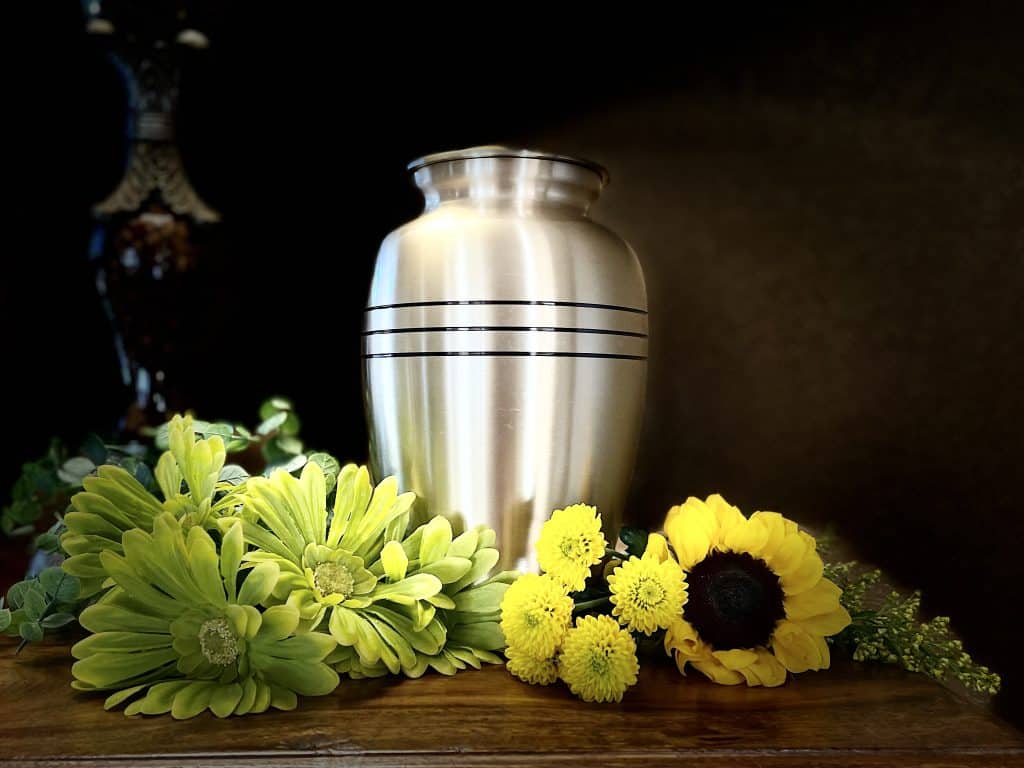
Over recent years, several industry forums have invested heavily in the need to “educate” funeral consumers. This education is chiefly about encouraging consumers that the services of a funeral director to conduct a ‘personalized’ funeral or memorial are important to the grieving process. In other words, in order to heal, you need to spend money with a funeral home!
There once was an era when a local funeral director knew every person he conducted a funeral for. In rural America, this is likely still the case. But, in many large metro areas, families have no connection with a local funeral home, and therefore, the significance of a stranger performing a personal memorial service has no value.
It can be more meaningful to conduct a direct cremation and then hold a personalized memorial service with input from family and friends.
Direct cremation and online arrangement

With the consumer trend for direct cremation, there is also a growth in online arrangements. If arranging a simple, direct cremation, some consumers do not want to visit the funeral home or are making arrangements from another city or state. More funeral providers are adapting their websites to cater to online cremation arrangements.
This can reduce costs for the funeral home, which can, in turn, be passed onto the consumer. Online arrangement portals can be both invaluable and disempowering. The industry has a reputation for wanting a funeral consumer to enter their funeral home to have a face-to-face opportunity to ‘up-sell’ funeral products and services.
We are witnessing that some families now prefer to handle disposition planning without having to cope with what can be an overwhelming experience in the funeral home.
40% of NFDA member Funeral Homes now offer online cremation arrangements.
What is the future of the death-care industry in the U.S.?
This is an interesting question right now! The death care industry is experiencing an epoch of change, and there is a price war going on! Let’s look first at the corporate death care market.
The largest death-care corporation, Service Corporation International (SCI), has been on a significant acquisition strategy for many years. SCI trades as Dignity Memorial alongside other brands.
In 2006, it acquired the Alderwoods Group, a significant competitor. In 2010, it acquired Keystone North America, and in 2011, it acquired 70% of the outstanding shares in The Neptune Society (a national direct cremation company). In late 2013, it acquired Stewart Enterprises, its then-nearest corporate competitor.
Dignity Memorial, operating in the UK, announced in 2020 that it was cutting the price of its cheapest funeral by 25% in response to concerns over forecasts and declining market value. SCI has also expanded its Neptune Society locations and is actively marketing direct cremation plans.
Across the U.S., there are also smaller regional corporate funeral companies, and you see the same pattern. Acquisition (even if to take another funeral home out of competition) and investment into direct cremation brands.
Even some large full-service independent funeral homes are dividing their operations into different brands to capture all markets. A full-service funeral home also operates an affordable cremation company under different brands, often without making it clear to the consumer that the 2 businesses are owned and operated by the same family.
The NFDA report stated that 30% of funeral homes already owned and operated their own crematory, with just under 10% saying they intended to install a cremation machine in the next 12 months.
These figures still reflect only around 40% of funeral businesses operating their own crematories by the end of 2024.
In our article on Cremation becoming the preferred choice, I wrote about the prospect of ‘Super Crematories.’ Visiting DFS Memorials providers over the last 10 years, I have witnessed this prospect becoming a reality.
I have visited with funeral owners in Miami, Houston, and San Francisco, who have all upscaled their operations to increase cremation volume by installing multiple high-speed cremation retorts that can complete a cremation in half the time of a standard retort and operate 24 hours a day.
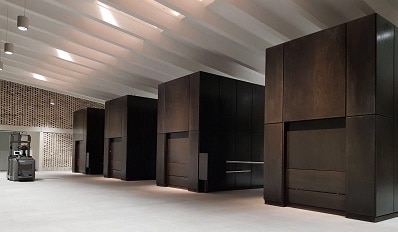
These are independent funeral operations that are conducting over 500 cremations per month, with a large proportion being direct cremations.
Sometimes, the family never visits the funeral home or crematory; all arrangements are made online, by phone, fax, or email, and the cremated remains are mailed back to the family or scattered by the funeral home. They have expanded their original service area to increase the volume of cases they handle. The core of their operation is a call center and a fine-tuned logistics operation.
As these operations upscale, the smaller funeral homes that cannot compete are likely to lose business. It is likely we are going to see an increase in small funeral businesses closing over the next few years.
So, interesting times for a once very stoic business! Those funeral business owners that adapt and embrace this shift towards cremation and deliver exactly what consumers are demanding are likely to be conducting 80% cremation cases in 11 years time and servicing much wider service areas than they originally covered when they started in the business.
For the funeral consumer, the current shift to cremation is making death care more affordable, and it is possible we will see cremation prices decrease over the next few years. However, if the big players remove their competitors as they upscale, we could see prices rise back up.
As we enter 2025, we are contending with gas prices increasing, which will impact cremation costs, and there is the probability that county fees for issuing cremation permits could increase as cremation becomes the preferred choice.
These changes in the cremation service sector are already having an impact on basic cremation prices. This year to date, we have observed cremation costs increase across 40% of the DFS Memorials Cremation Network. Prices have increased by as little as $50 on a direct cremation service package to as much as an increase of $500.
Resources:
How Cremation is becoming the Nation’s preferred Choice
Cremation And Burial Report Shows Rate Of Cremation At All-Time High (NFDA)
